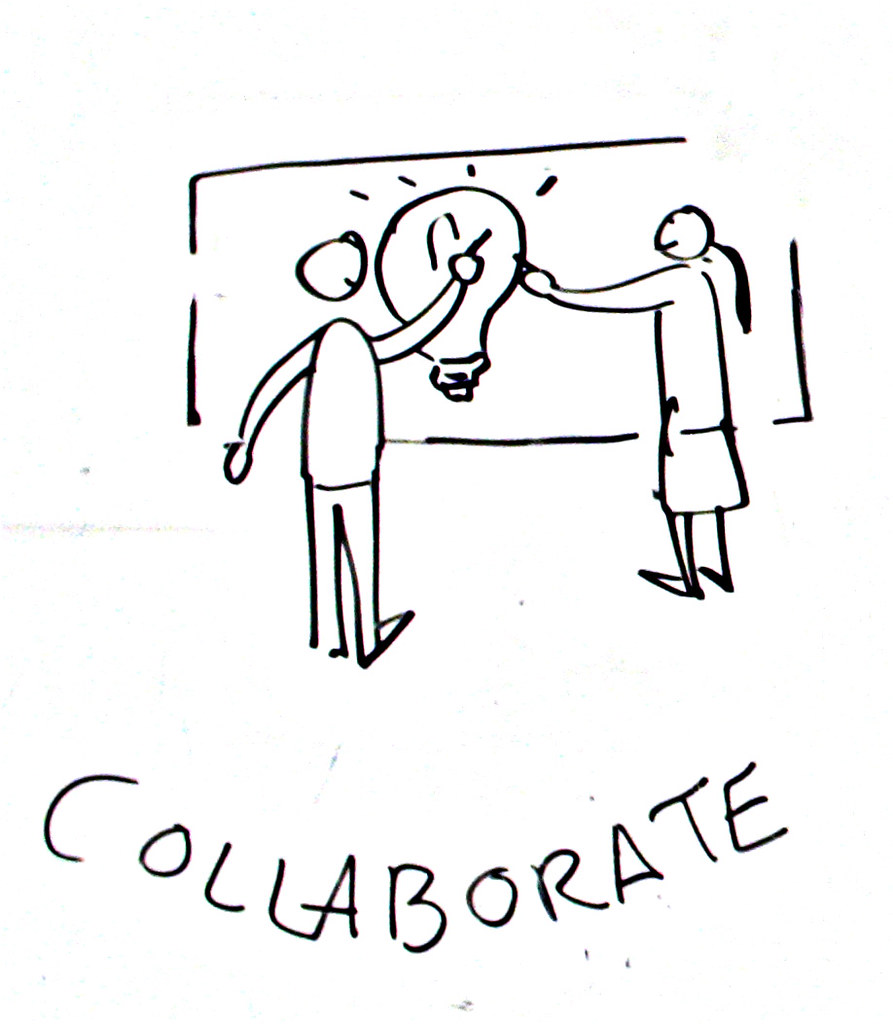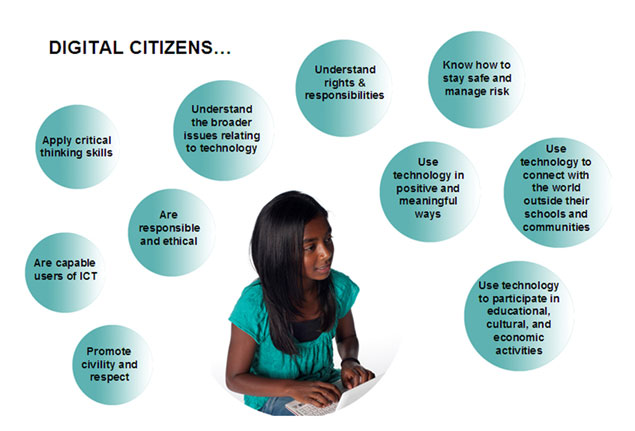
Image by Jonny Goldstein via Flickr.
I really enjoyed the readings this week (I feel like I write that every week, but it’s true!). Difficulty getting teachers on board to collaborate is definitely something I have witnessed as I transitioned into my role as teacher-librarian. As I have mentioned in the past, my district has a lot of turnover in the teacher-librarian department. Many of the teacher-librarian positions in our district are filled by vice principals (it allows for more flexibility in their position) and by younger/newer teachers. Vice principals frequently change schools and younger/newer teachers almost always get laid off (unless you have approximately more than ten years seniority). As a result, many of the libraries in our schools have been experiencing changes yearly (my current school has had a different teacher-librarian for the past 7 years or so). Consequently, many teachers lose sight of what the library truly is (and can be). Last year, when I started at my school, one of the teachers jokingly told me that they didn’t care what I did with their kids as long as I was actually there when they brought them down (the administrator sets a fixed schedule). I know this comment was not meant to be hurtful or negative towards me, but it just highlights the tone and feel of his/her past experience and current perception. Thus, changing the perception of the library and getting staff on board to collaborate has been a major focus of mine. I started last year and do feel that I am changing the perception. These articles just emphasized how important it really is.
Again, because I want to learn more new technological tools, I jumped right on board to try out Padlet for this assignment. I cannot believe how many new tools I have learned and it’s only been six weeks! I prefer to try them out firsthand, because I feel it better prepares me for understanding the technology and figuring out how to use it in my teaching (and in collaboration with others!). Overall, I thought Padlet was super simple and easy to use. I love that you can control different settings to make it safer and more secure for your students. Plus, talk about a perfect tool for this assignment – a tool that focuses on collaboration to highlight what is important to sustain collaboration in the library. Clearly, using tools like these help. Enjoy my padlet below (or visit it here)!
As you can see from my padlet, teacher-librarians need to be proactive, flexible, and sociable. They need to model instructional leadership and actively engage with others in order to build positive, respectful relationships that will flourish with collaboration and reflection. As Cooper and Bray (2011) state, “In the end, school library media is at its heart a people business” (p. 51).
As with the previous modules, these readings and prompt directly impact my essential question, which is: How do learning commons better help schools achieve their goals? If teacher-librarians can effectively use collaboration as part of their teaching and embrace their role as educational leaders, then they will automatically better help schools achieve their goals. As Canter et al. (2011) write, “Availability to collaborate with general educators was a key factor in increasing student achievement” (p. 14). In most cases, school goals revolve around increasing student achievement. Since a learning commons is centered around making the library a “hub of learning” which provides ownership to all its members and which values and embraces collaboration, then it will therefore better help its school achieve its goals. Teacher-librarians themselves, as the head of learning commons, take on multi-faceted roles, such as teacher, instructional partner, information specialist, and program administrator (Cooper & Bray, 2011). They pilot new ideas, try out new technologies, and help others learn and master new teaching styles and technologies so as to meet the diversity of our learners. They need to know their users’ needs (staff, students, parents) and make creative use of their time to better meet them. When teacher-librarians embrace all these facets of their job, are proactive, and strive to do well, then they will help make their learning commons a powerful place of learning which will have significant positive impact on their users (and consequently the goals of the school).
References:
Canter, L., Voytecki, K., Zambone, A., & Jones, J. (2011). School librarians: The forgotten partners.Teaching Exceptional Children, 43(3), 14-20.
Cooper, O. P., & Bray, M. (2011). School library media specialist-teacher collaboration: Characteristics, challenges, opportunities. TechTrends, 55(4), 45-55.
Dambruoso, A. (2014, July 18). 10 things classroom teachers need to know about modern school librarians. [Blog post]. Retrieved from http://libraryallegra.wordpress.com/2014/07/18/10-things-classroom-teachers-need-to-know-about-modern-school-librarians/
Diggs, V. (2011). Teacher librarians are education: Thoughts from valerie diggs. Teacher Librarian, 38(5), 56-58. Retrieved from http://search.proquest.com.ezproxy.library.ubc.ca/docview/875201232
Goldstein, Jonny. (2012). [Image of collaboration]. Retrieved from https://www.flickr.com/photos/jonnygoldstein/8161551606


